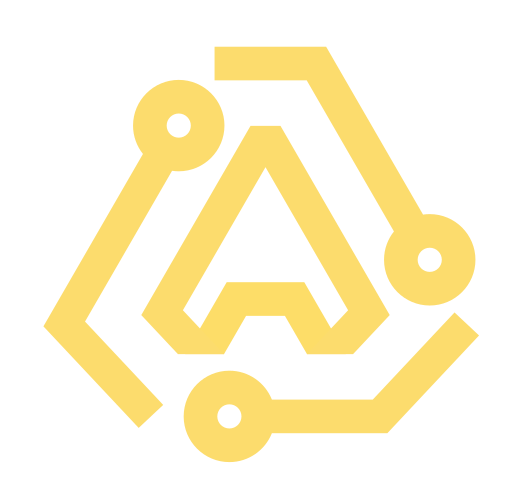Autonomous living technologies
MEET Cato
Control Your World without Lifting a Finger
Cato is a revolutionary motion-based wearable device that controls your computer, phone, tablet, smart home, and assistive technology via Bluetooth.
Cato works with the applications you already use on Windows, MacOS, iOS and Android.

Ready TO USE. PERSONAL. NO INSURANCE PAPERWORK REQUIRED.
Cato uses edge AI to recognize movements from your head, hands, or any part of your body to which it is connected. Cato is lightweight and portable and attaches to glasses, hair clips, caps, wristbands, or even ears.
Cato is an affordable, adaptable way to navigate a complex world with simple movements. It enables you to unlock commands and connections with motion using accessible technology that Apple has built into MacOS and iPad, and Microsoft has built into Windows.
Cato is built to be financially accessible to all, using the tools described above, along with edge AI and open source software. Our goal is to provide individuals with access to advanced personal assistive technology without the need for prior authorization from insurance gatekeepers.
Choosing the right computer can be a challenge, especially when considering accessibility and application compatibility. Click below for an article that compares the accessibility features of Windows, MacOS and Chromebook laptops.
Cato ADAPTS To your LIFESTYLE
COMMUNICATIONS
- Computers
- Phones
- Tablets
ENTERTAINMENT
- Televisions
- Streaming Devices
- Projectors
ASSISTIVE TECHNOLOGY
- Power Wheelchairs
- Feeding Arms
- Lifts
SMART HOMES
- Cameras
- Lights
- Doors
Cato is the affordable alternative to eye gaze
- more affordable and more functional than leading eye gaze AT options
- easier to use and personalize
- compatible with existing assistive technology devices and applications
- cutting-edge technology built with open-source and edge AI
- designed to meet real-life needs
| AULI.TECH Cato | Eye gaze assistive technologies | |
|---|---|---|
| Affordability | Highly affordable. | Expensive, may require prior insurance authorization. |
| Portability | Small, wireless, and wearable. | Bulky and obtrusive, typically mounted to a Power Wheelchair. Because the device often needs to be in front of the user’s face, it can be difficult to have a friendly conversation and independently drive the Power Wheelchair |
| Personalization | Webapp-based setup that tunes to your personal needs and preferences. | Typically requires extensive professional service and complex customization. |
| Ease of Adoption | Intuitive use – learn in hours, tune in days. Community-based support. | Steeper learning curve that potentially takes weeks, months, and sometimes up to a year. |
| Adaptability | Learns your gestures and adapts to your changing abilities over time. | Making minor adjustments may necessitate recalibrating and/or reconfiguring the system, which may then require additional professional services. |
| Compatibility | Compatible with a wide range of devices and applications via Bluetooth. Complements native accessibility tools on Windows, Mac, iOS, and Android. | Specialized software or devices may be needed, which can require additional professional services and support |
| Supported Conditions | Broad range, including rehab/PT, stroke, SCI and neurodegenerative conditions. | Limited to individuals with specific conditions such as ALS, cerebral palsy |
| Input method | Motion-based and adaptable to various abilities in multiple operating modes, with highly reliable Bluetooth commands in any condition, including outdoors, through walls, and more. | Eye tracking technology is susceptible to light interference, which often causes eye fatigue. It also requires the head and neck to remain still for extensive periods, which leads stiffness and discomfort. |
